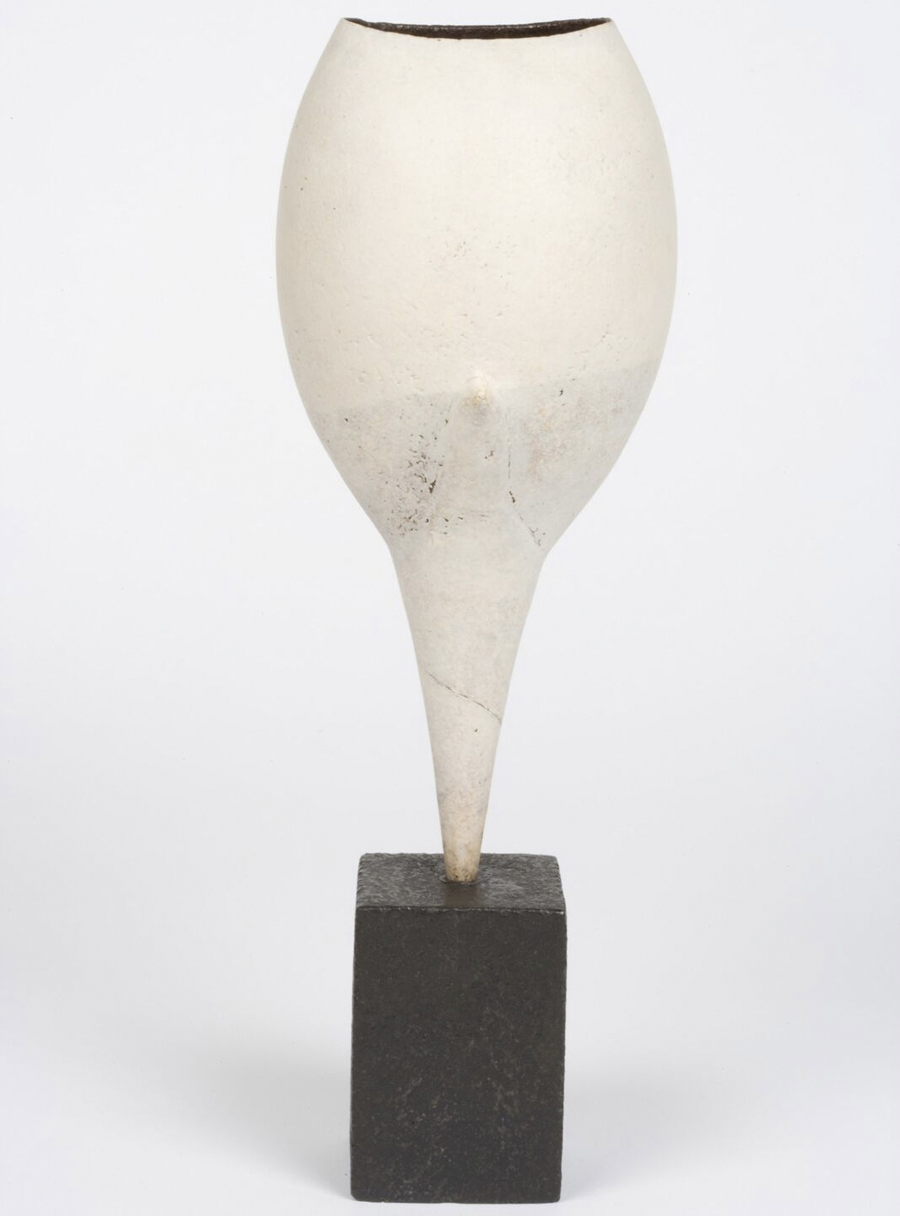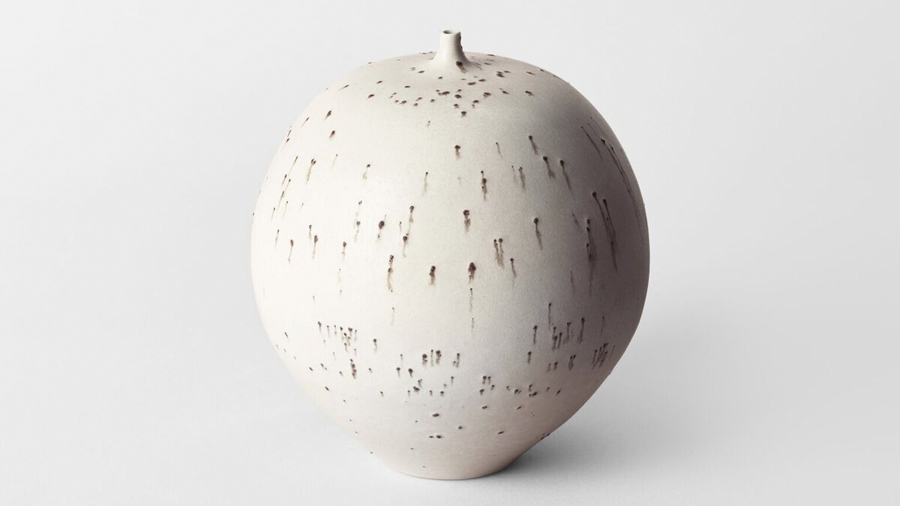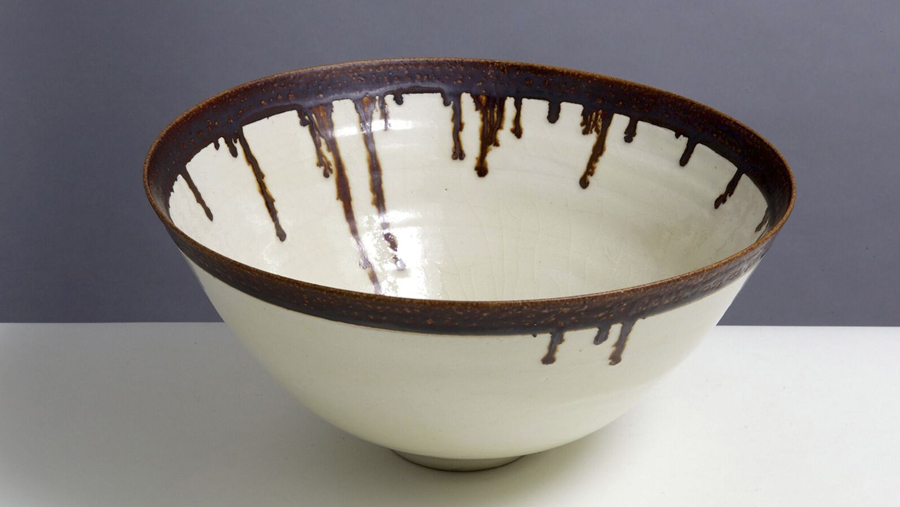‘Naches’ – this is the Yiddish word that best encapsulates the joy I have reading to my daughter. Watching her concern as the children embark on their “bear hunt”; how she gasps at the hungry caterpillar’s insatiable appetite; and sings along to the tunes I’ve invented for The…
In pictures: The Lost Photographs of Gerty Simon
New to the Ben Uri Gallery
Thoughts on the centenary of artist Charlotte Salomon
Yesterday, Sunday 16 April, marked Charlotte Salomon’s centenary. I find myself imagining what the trajectory of her life – and art – might have been had she survived the Holocaust. Would she have rebuilt her life and perhaps settled in Amsterdam, where her parents had taken refuge during the war, and raised a family with her husband, fellow refugee Alexander Nagler? Would she have gone on to become a well-known artist and perhaps a grandmother and great-grandmother, founding a dynasty of artists? Perhaps she would now be celebrating her centenary. Her stepmother, the renowned mezzo soprano Paula Salomon-Lindberg, lived to celebrate hers, dying at the age of 102 in the year 2000.
Sadly this is idle speculation. The reality is that her achievement by the age of 26 stands as unique and extraordinary: the series of 765 autobiographical gouaches that make up her artwork Life? or Theatre?, which you can see for the first time in full from this October at the Jewish Historical Museum, Amsterdam.
The proof of her enduring fascination and the inspiration she continues to provide can be seen from this June in the performances of Charlotte – A Tri-Coloured Play with Music, in Canada and beyond, as its creators told me in the April 2017 issue of Jewish Renaissance.
Details and links to the exhibition of Life? Or Theatre? and performances of Charlotte - A Tricoloured Play with Music are below and I know that this year, and every year, Charlotte Salomon will continue to gain new admirers.
By Judi Herman
An exhibition of Charlotte Salomon’s artwork Life? Or Theatre? will be shown for the first time in full at the Jewish Historical Museum, Amsterdam, from 25 October to 25 March 2018. www.jck.nl.
Charlotte – A Tri-Coloured Play with Music will be featured in two Canadian Festivals this June. The Human Rights Arts Festival in Kingston, 1 June, and Luminato Festival, Toronto, 16-18 June. Then from 30 June to 2 July at World Stage Design Festival Experimental Theatre in Taipei, Taiwan.
Visit www.theaturtle.com for other upcoming performances.
JR OutLoud: Dutch artist Sira Soetendorp discusses the family portraits in her exhibition Vanished Families
Following a visit to Auschwitz in 2012, Sira Soetendorp felt a deep need to preserve the memory of all the lost family members. The Dutch artist used carved outlines drawn in oil paint to fashion portraits based on family photographs, which make up her exhibition Vanished Families. Here she discusses the exhibit with JR's Arts Editor Judi Herman, plus you will hear Rabbi Awraham Soetendorp, Sira’s husband and Emeritus Rabbi of the Hague, who is an award-winning human rights advocate.
Vanished Families runs until Monday 27 February at Etz Chayim Gallery, Northwood & Pinner Liberal Synagogue, HA6 3AA. 019 2382 2592. Viewing by appointment: caroleannek17@gmail.com. www.npls.org.uk/etzchayim.htm
JR OutLoud: Listen to a guided audio tour of the Jewish Museum’s exhibition Shaping Ceramics with artist Janet Haig
Janet Haig is one of the ceramicists whose pieces (pictured above), as well as a film showing how she works, are featured in Shaping Ceramics at the Jewish Museum London. The exhibition explores the work of pioneering ceramicists, tracing their influence on subsequent generations of ceramic artists whose Jewish heritage has shaped their work. Polish-born artist Haig joins JR's arts editor Judi Herman here for a very personal tour of the exhibition, discussing the experiences that have moulded her work: from the hardships of the war years in a Siberian prison camp with her mother, to her formative childhood in Australia (where she studied painting) after they discovered that their closest family had perished in the Holocaust, to her arrival in the UK in 1962 and work teaching in a boys’ school.
Haig reveals that her first inspiration might go back as far as those harsh days in Siberia: “My mother was able to take one object with her [to Siberia] and she suddenly saw this little pot (I still have it in my possession), which she grabbed hold of because, as I was a baby, she thought it would be useful to warm things up. It’s enamel, blue on the outside, white on the inside and maybe that has had some kind of inspiration on my pots.”
Shaping Ceramics: From Lucie Rie to Edmund de Waal runs until Sunday 26 February, at Jewish Museum, NW1 7NB. 020 7284 7384. www.jewishmuseum.org.uk
Watch ceramic artist Janet Haig demonstrate the ancient pottery-making technique of hand building on Monday 23 January, 11.30am-12.30pm, £7.50, £6.50 concs, at Jewish Museum, NW1 7NB. 020 7284 7384. www.jewishmuseum.org.uk
Continue reading to see images of work featured in the exhibition, as mentioned in the interview; and find out more about key artists in the exhibition in the January 2017 issue of Jewish Renaissance.
JR OutLoud: Listen to a guided audio tour of the Jewish Museum's exhibition Jukebox, Jewkbox!
The London Jewish Museum's curator Joanne Rosenthal takes JR's arts editor Judi Herman on a guided tour of Jukebox, Jewkbox! A Century on Shellac and Vinyl. The exciting interactive exhibition explores 20th century popular culture through shellac and vinyl, celebrating the history of Jewish inventors, musicians, composers, music producers and songwriters, as well as the artistry of the album cover.
Jukebox, Jewkbox! A Century On Shellac and Vinyl runs until 16 October at the Jewish Museum, 129-131 Albert St, NW1 7NB; 020 7284 7384. www.jewishmuseum.org.uk
NB: This exhibition was developed by the Jewish Museum Hohenems in collaboration with the Jewish Museum Munich and is on a European tour (some material has been specially added just for its showing at the Jewish Museum London).
Photo by Jewish Museum Hohenems/Dietmar Walser
JR OutLoud: A guided tour of the Jewish Museum's exhibition Moses, Mods and Mr Fish
An audio tour of the London Jewish Museum's new exhibition, Moses, Mods and Mr Fish: The Menswear Revolution, charting the emergence of the modern male wardrobe. Join Judi Herman on an exclusive journey guided by curator Elizabeth Selby from the tailoring workshops of the mid-19th century to the boutique revolution and mod culture of the Swinging ‘60s. The exhibition tells the story through the huge number of Jewish companies at the forefront of the major developments and changes in the design, manufacturing and retail of men’s clothing from the mid-19th to late-20th century. Among the highlights are the clothes themselves – including the brown suede jacket worn by John Lennon during the recording of The Beatles' 1963 album, With the Beatles. Judi rounds off her visit by sharing a rather special early ad for Moses and Son Menswear.
Moses, Mods and Mr Fish: The Menswear Revolution runs until 19 June at Jewish Museum, 129-131 Albert St, NW1 7NB; 020 7284 7384. www.jewishmuseum.org.uk
JR OutLoud: A guided tour of the Jewish Museum's cutting edge exhibition Blood
JR's arts editor Judi Herman joins Joanne Rosenthal, curator of the London Jewish Museum's Blood exhibition, to take you on a guided audio tour. This cutting edge exhibition explores the provocative and complex subject of blood, featuring manuscripts, prints, Jewish ritual and ceremonial objects, art, film, literature and cultural ephemera to present a rich exploration of how blood can unite and divide, reflecting on over 2,000 years of history.
Blood testing and donation at the museum Anyone interested in saving lives through blood donation is invited to attend a Know Your Group day at the Jewish Museum, to register and test likely blood groups, on Sunday 17 January ahead of donation in February (when donors will be invited to give blood). There is no need to register in advance for the Know Your Group days - simply turn up between 10am and 4pm.
Blood runs until 28 February at London Jewish Museum, 129-131 Albert St, NW1 7NB; 020 7284 7384. www.jewishmuseum.org.uk
Vienna’s Jews and the Ringstrasse
 Vienna’s famous boulevard, the Ringstrasse, was a thriving hub for Jewish bourgeoisie in 19th century Austria. David Herman reviews Ringstrasse: A Jewish Boulevard which accompanies an exhibition on the street at Vienna’s Jewish Museum.
Vienna’s famous boulevard, the Ringstrasse, was a thriving hub for Jewish bourgeoisie in 19th century Austria. David Herman reviews Ringstrasse: A Jewish Boulevard which accompanies an exhibition on the street at Vienna’s Jewish Museum.
Fin-de-siècle Vienna has become a source of fascination for cultural historians over the past forty years. There are several reasons. It was one of the birthplaces of 20th century art and ideas: writers such as Schnitzler and Hofmannstahl, painters such as Klimt and Kokoschka, great figures of Modernism from Freud to Schoenberg. “In almost every field of human thought and activity,” writes Ray Monk in his biography of Wittgenstein, “the new was emerging from the old, the twentieth century from the nineteenth.”
However, there is also the fascinating link between cultural creativity and historical crisis: the collapse of liberalism, the break-up of the Habsburg Empire, inflation and then the rise of Austrian fascism. Finally, Jews were at the centre of both the explosion of creativity and the rise of antisemitism. Many of the great creative figures of the turn of the century were Jewish and thousands of Vienna’s Jews were killed by the Nazis or driven into exile, many of them to enrich post-war culture in every field in Britain and America.
What is immediately striking about the exhibition, Ringstrasse: A Jewish Boulevard, is that there are virtually no references to the great names of fin-de-siècle Vienna. No Schoenberg or Wittgenstein. Four references to Stefan Zweig, two to Klimt and Freud, one to Schnitzler. Instead the dominant figures here are the great families of the new Jewish haute bourgeoisie such as the Ephrussis, the subject of Edmund de Waal’s The Hare with Amber Eyes (2010). This is partly a story of architecture, town planning and grand hotels, but more a story of Jewish financiers, bankers and industrialists, the new urban haute bourgeoisie who lived in the great palaces of the Ringstrasse. On the Ringstrasse, writes Gabriele Kohlbauer-Fritz in her chapter ‘Family Stories’, “the who’s who of Vienna society gathered in their drawing rooms,” “industrialists mingled with artists, bankers, and writers, politicians, and actors, Jews and non-Jews, men and women.”
It was the young Emperor Franz Joseph who decided to demolish Vienna’s medieval fortifications and develop the land into a magnificent new boulevard of apartment buildings and major administrative and cultural buildings, the symbols of Stefan Zweig’s “world of security” in his memoir, The World of Yesterday. In 1860 the sale of Ringstrasse lots began. Members of the imperial household, high aristocracy and the Jewish upper middle class were the first occupants. However, it was not until the late 1860s and 1870s that the Ringstrasse reached its highpoint and by then a very different class of buyer was moving in.
Perhaps the most fascinating essay is on “Jewish real estate ownership in the Vienna city center and the Ringstrasse area until 1885” by Georg Gaugusch which tells the story of how Jews won the right to buy property in Vienna in the mid-19th century. What happened subsequently was a social revolution. For the first time Jews lived near the centre of Vienna. The Ringstrasse symbolized the rise of a new wealthy class of Jewish industrialists, bankers and financiers. In 1853 Jews owned 17 houses in the old town centre. By 1885 Jews owned 155 buildings on the Ringstrasse. Just as fascinating, few of these new buyers came from Vienna. Almost half came from Moravia, Pressburg, or western Hungary and another large group came from major urban centres in Bohemia or Germany.
This influx of Jews to Vienna and the rise of a new Jewish upper middle class were not welcomed by non-Jews in Vienna. Already around 1869 one anti-Semitic journalist wrote of “A brand new Jerusalem of the East”. In 1870 Franz Friedrich Masaidek wrote of “The Ringstrasse – the Zion Street of new-Jerusalem”. The rise of the Ringstrasse and Vienna’s Jews coincided with the rise of a new virulent anti-Semitism which played such a huge part in Austrian politics for the next seventy-five years. A dark story looms large over the later chapters and it is hard to read this catalogue without a sense of foreboding.
Ringstrasse: A Jewish Boulevard runs until Sunday 18 October at Vienna Jewish Museum. www.jmw.at















